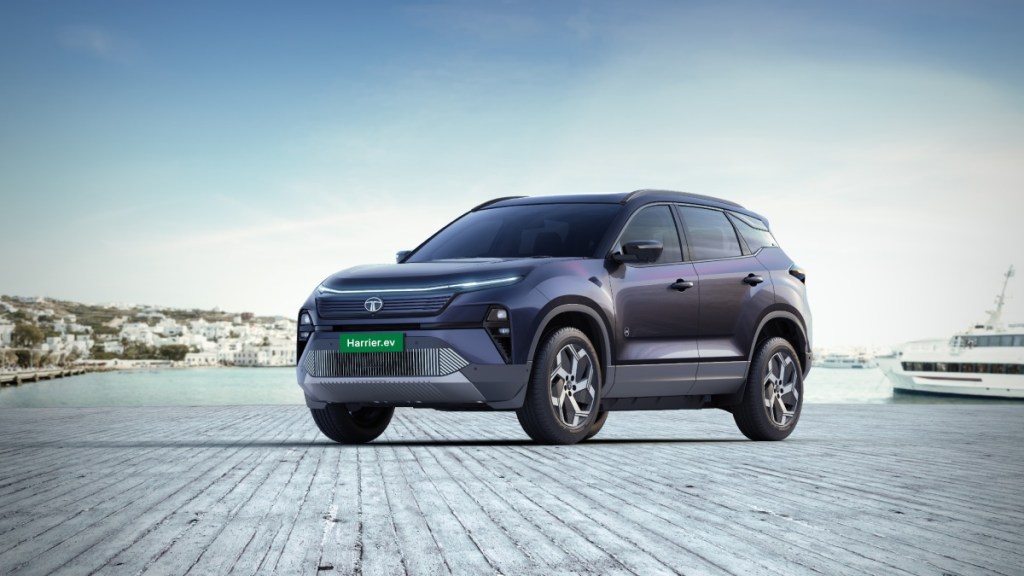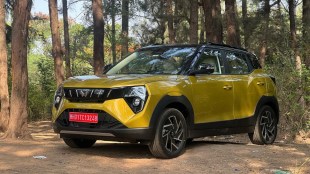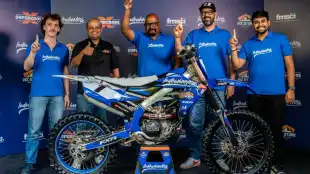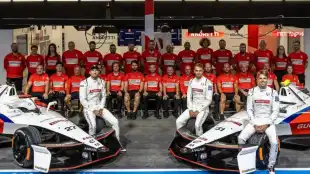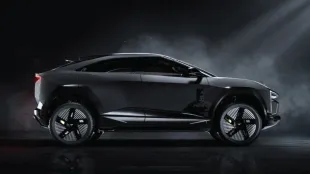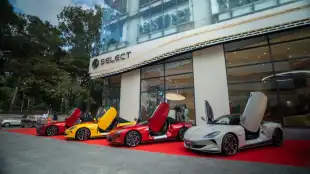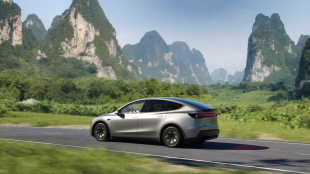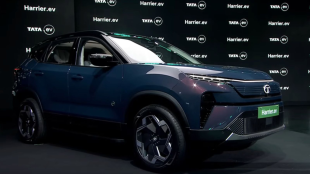Tata Motors on Tuesday entered the premium electric SUV segment with the launch of the Harrier EV, priced starting Rs 21.49 lakh (ex-showroom). The move comes at a time when Mahindra & Mahindra has been gaining ground in the EV segment with strong sales of its recently launched BE 6 and XUV 9e. In the two months since their launch, Mahindra has sold 10,000 units of these models, giving it a temporary lead over Tata in the electric SUV space.
Tata Motors, currently the country’s third-largest carmaker behind Maruti Suzuki and Hyundai, slipped behind Mahindra in April and May sales. However, Shailesh Chandra, managing director of Tata Motors Passenger Vehicles and Tata Passenger Electric Mobility, downplayed the short-term sales race. “Ranking isn’t important, but the direction is. Different companies are at different stages of their product lifecycle. Our focus is on long-term strategy,” he told FE.
Chandra explained the rationale behind launching a high-end electric SUV. “SUVs now account for 54% of the passenger vehicle market. Within that, top-end SUVs, priced above Rs 20 lakh and over 4.6 metres in length, form a sizeable segment of about 25,000 units a month. These buyers are typically upgraders who want more space, premium features, and strong performance. The Harrier EV is designed for them,” he said.
The Harrier EV offers two battery options, 65 kWh and 75 kWh, and features a dual-motor setup with an all-wheel-drive layout. The company claims a best-in-class range of 627 km with the larger battery pack, and a 0-100 km/h time of just 6.3 seconds, making it the fastest-accelerating made-in-India SUV. Its 504 Nm of torque significantly outpaces the 350 Nm average for this segment.
According to Chandra, the Harrier EV also addresses real-world usability. “This SUV isn’t just about numbers. We have included off-road capabilities for buyers who seek outdoor adventures. There’s a new ‘ultra glide’ suspension system for superior comfort. It also supports ultra-fast charging, you can add 250 km of range in just 15 minutes.”
Technologically, the Harrier EV is among the most advanced vehicles in its class. It features a digital key via smartphone, autonomous parking, and a self-summon feature that enables the car to drive itself towards the user.
While Tata Motors’ existing EVs like the Punch, Nexon, and Curvv account for 15-20% of their respective model sales, Chandra declined to estimate the Harrier EV’s share just yet. “This is a crossover product, we expect buyers from both the Rs 15-20 lakh SUV bracket and even from luxury cars above Rs 50 lakh. The feature set is clearly upmarket,” he said.
Prices for the Harrier EV’s 75-kWh variants will be announced in the coming weeks, with bookings starting July 2 and deliveries shortly after.
On the Curvv, which launched in September 2024 and has sold around 35,000 units so far, Chandra said the coupe-SUV design needs time to gain traction. “New body styles take time to be accepted. The Nexon, when launched, faced a similar journey,” he said, adding that Curvv’s presence at IPL matches, where Tata Motors is the title sponsor, is a strategic branding move rather than a reaction to sales pressure.
